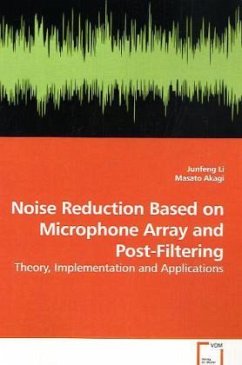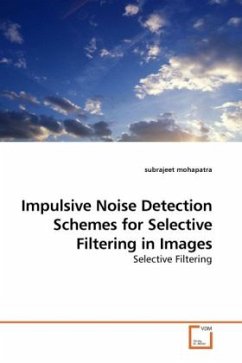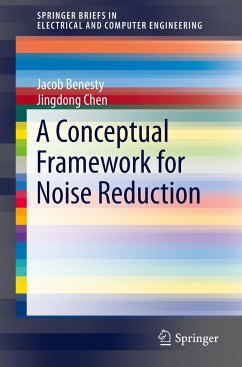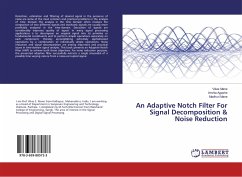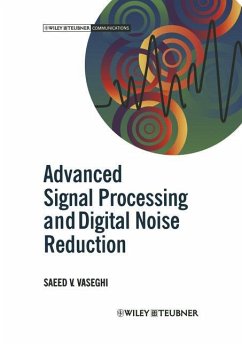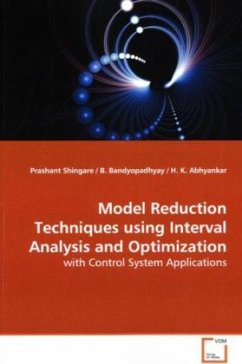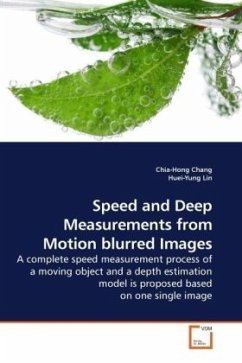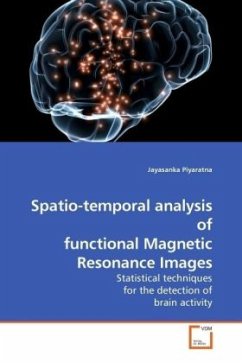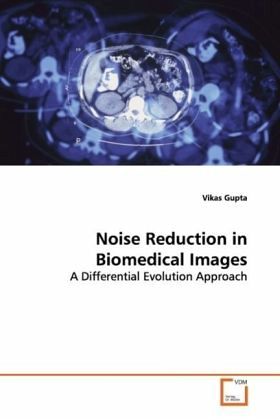
Noise Reduction in Biomedical Images
A Differential Evolution Approach
Versandkostenfrei!
Versandfertig in 6-10 Tagen
39,99 €
inkl. MwSt.

PAYBACK Punkte
20 °P sammeln!
Tomographic imaging modalities MRI,OCT & PET areproving to be immensely helpful in the diagnosis ofvarious pathologies in clinicalenvironments. Images from these modalities span therange from organ level to tissue level and representthe condensation of information associated with theobjects that are imaged. The potential of thisinformation increases signi cantly, if these images are effectivelyprocessed and analyzed. However, thequality of medical images is,usually, compromised dueto the undesirable noisewhich reduces the SNR of these images. The degradation ofimages by noise in uences the dia...
Tomographic imaging modalities MRI,OCT & PET are
proving to be immensely helpful in the diagnosis of
various pathologies in clinical
environments. Images from these modalities span the
range from organ level to tissue level and represent
the condensation of information associated with the
objects that are imaged. The potential of this
information increases
signi cantly, if these images are effectively
processed and analyzed. However, the
quality of medical images is,usually, compromised due
to the undesirable noise
which reduces the SNR of these images. The degradation of
images by noise in uences the diagnosis of critical
diseases in clinical environments.
A novel noise reduction method based on wavelets and
differential evolution has
been proposed in this work. The proposed method was
tested on the images that
were acquired from MRI, OCT and PET. The application
of this method improved
SNR by a cosiderable amount while the loss in CNR was
kept at minimum level. A comprehensive analysis of
processed images, on the basis of different image
quality indices, showed that the proposed method,
effectively,
reduces noise without sacri cing the image resolution.
proving to be immensely helpful in the diagnosis of
various pathologies in clinical
environments. Images from these modalities span the
range from organ level to tissue level and represent
the condensation of information associated with the
objects that are imaged. The potential of this
information increases
signi cantly, if these images are effectively
processed and analyzed. However, the
quality of medical images is,usually, compromised due
to the undesirable noise
which reduces the SNR of these images. The degradation of
images by noise in uences the diagnosis of critical
diseases in clinical environments.
A novel noise reduction method based on wavelets and
differential evolution has
been proposed in this work. The proposed method was
tested on the images that
were acquired from MRI, OCT and PET. The application
of this method improved
SNR by a cosiderable amount while the loss in CNR was
kept at minimum level. A comprehensive analysis of
processed images, on the basis of different image
quality indices, showed that the proposed method,
effectively,
reduces noise without sacri cing the image resolution.



